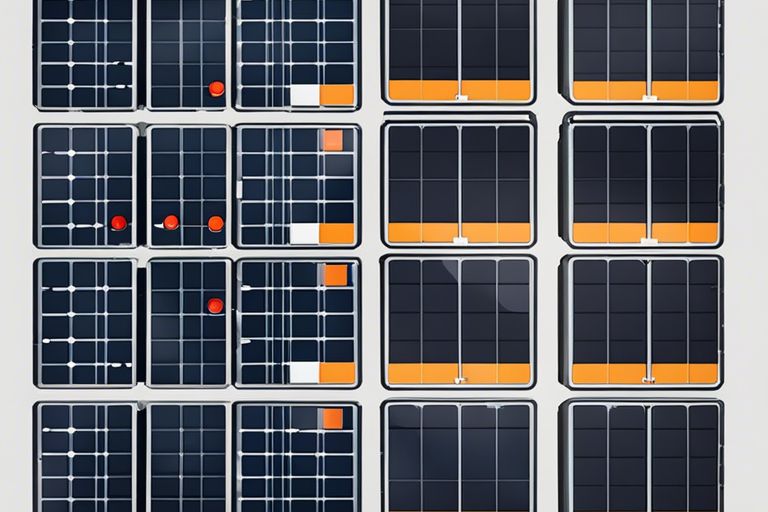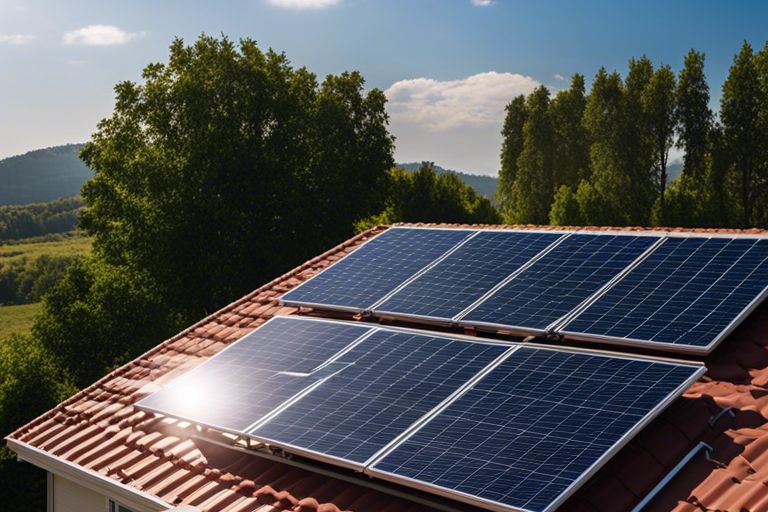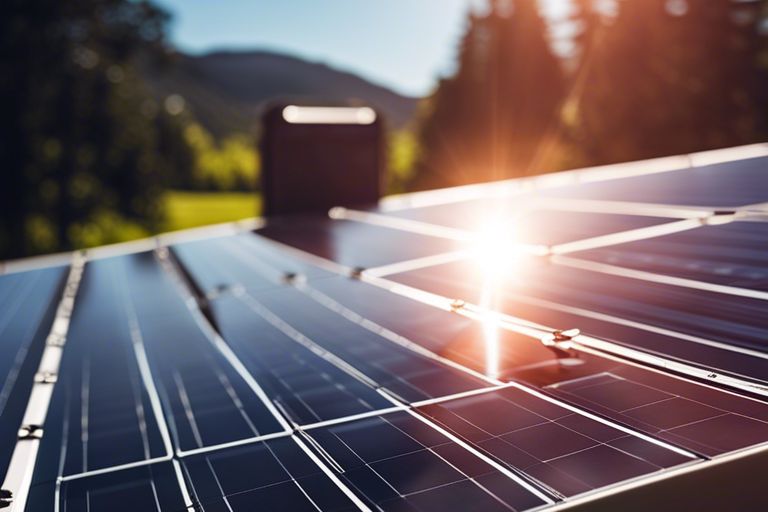How long will a 12V battery last with a 3000W inverter
Overloading your 12V battery with a 3000W inverter can be a risky move if you’re uncertain about its capacity. To determine how long your battery will last, factors such as
Energy for A Greener Future
Solar Panel Batteries

Overloading your 12V battery with a 3000W inverter can be a risky move if you’re uncertain about its capacity. To determine how long your battery will last, factors such as

In the context of setting up your 1000-watt solar system, one of the crucial questions you’ll face is how many batteries you’ll need to efficiently store all that solar energy.

With a 300 watt solar panel, you may be wondering how many batteries you need to efficiently store that energy. Let’s investigate into the world of solar power and battery

It’s time to uncover the true power of a 10000 watt solar system and what it can do for you. With this robust system, you’ll be able to run multiple

Many wonder how long it takes to charge a battery using a 200-watt solar panel. The answer to this question can depend on various factors. Factors such as the capacity